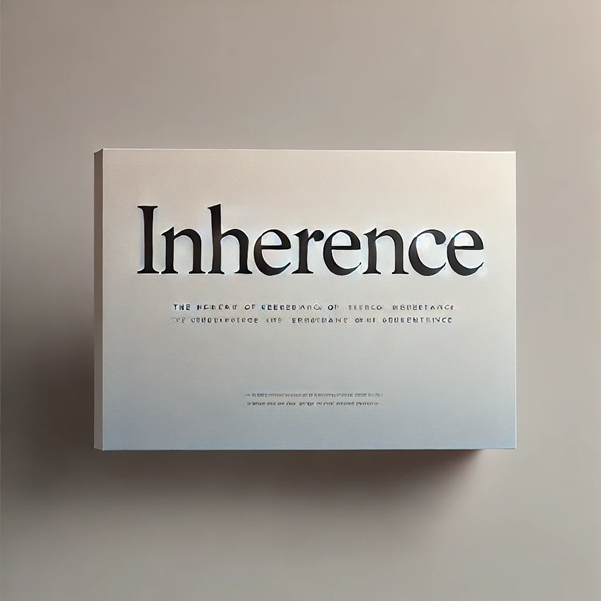By Adv Siddharth Narang, Partner Agreya Legal
Sport has certain specific characteristics, often referred to as the “specificity of sport”.
The specificities of the sports industry make it distinct from other commercial enterprises. These specificities can pertain to aspects of sporting activities and sporting rules, such as the selection of teams and the formulation of rules of the sport, or even issues with economic aspects, such as the granting of various rights related to sports events or the organization of leagues. The Competition Commission of India affirms the right of self-regulation of sports bodies regarding issues that are purely sporting.
However, due to the inherent overlap of regulation and economic gains, an outright grant of immunity to the rules and methods of application of the rules by the federations is not possible. The Competition Commission of India (CCI), when dealing with cases in the sports sector, approaches them by examining the regulations, rules, and their application in accordance with the test of inherent proportionality, as established in the Meca Medina judgment of the Grand Chamber of the European Court of Justice (ECJ).
The inherence-proportionality test is currently considered the appropriate approach to address competition issues in the sports sector by the CCI. It provides that if the alleged restrictive condition is inherent to the objectives of the sports federation and the effect of the restrictive condition on economic competition among stakeholders or on the free movement of players is proportionate to the legitimate sporting interests pursued, it may not be viewed as anti-competitive.
This test can be applied to all rules without the necessity of categorizing them as purely sporting or otherwise. In the early stages of applying competition law to sports, there was a notion that “purely sporting rules” must be exempted from competition laws, but now all rules, whether organizational, structural, or regulatory, may be judged on a case-by-case basis considering their inherence and proportionality.

